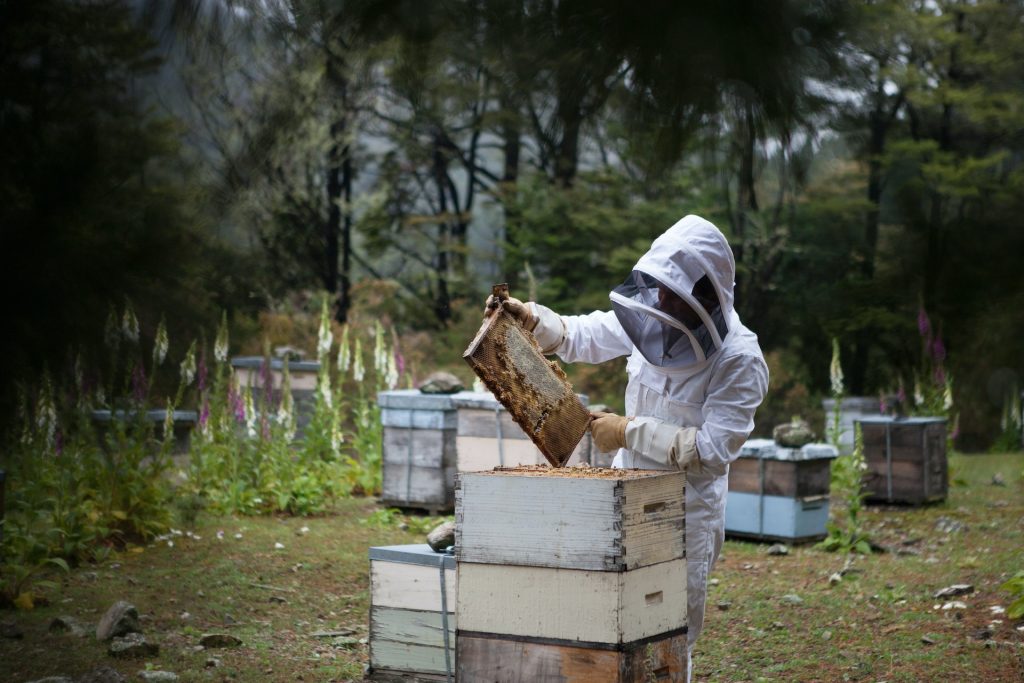The History of Beekeeping: From Ancient Times to Modern Day
Beekeeping, one of the world’s oldest professions, dates back centuries and has played an essential role in human civilization. This practice, which involves the domestication of honey bees, has undergone significant changes over the years with the development of new technologies and techniques. This article delves into the history of beekeeping from ancient times to the modern era, highlighting the innovations and advancements that have shaped this industry and the future of beekeeping.
Beekeeping in Ancient Times: An Age-Old Tradition
Beekeeping has been traced back to ancient civilizations such as Egypt, Greece, and Rome, where it was regarded as a vital source of honey and beeswax. The practice was adopted by the Greeks, who used honey for medicinal purposes, and the Romans, who used it to sweeten their drinks. In some cultures, bees were revered, and honey was considered a sacred food.
The first beehives were made from materials such as clay and woven straw, but in the first century AD, the Greeks developed the first portable beehive made from wood. These beehives allowed beekeepers to move their hives to other locations, increasing honey production and making it easier to care for the bees.
Beekeeping During the Middle Ages: An Industry in Bloom
During the Middle Ages, beekeeping became an industry in Europe, and honey production increased. Beeswax was also an essential commodity, used for candles, medicine, and cosmetics. The beehive design developed during this period was the “skep,” a woven basket made from straw, which was used for hundreds of years.
In the 18th and 19th centuries, beekeeping was further developed, and glass observation hives were invented. These hives allowed beekeepers to observe the bees’ behavior and study their social structure. It also led to the development of a new species of bees, the Italian honey bee, which was bred for its docility and high honey production.
Beekeeping in the Modern Era: Innovations and Advancements
In the 20th century, beekeeping continued to evolve with the development of new equipment and technology. The move from the skep to the modern beehive allowed beekeepers to manage their bees more efficiently, and the introduction of the honey extractor made honey extraction more efficient and less time-consuming.
Today, beekeepers have access to modern tools such as protective clothing, smokers, and bee feeders. These tools have made beekeeping safer and more accessible, allowing more people to take up the practice.
The Future of Beekeeping: Sustainability and Conservation
With the decline of bee populations worldwide, beekeepers are now focusing on sustainability and conservation. The use of pesticides and habitat loss are contributing factors to the decline in bee populations. Beekeepers are now working to create habitats for bees and reduce pesticide use.
Sustainable beekeeping practices, such as natural breeding and organic farming, are also becoming more popular, and many beekeepers are introducing new species of bees to increase genetic diversity.
As we move into the future, beekeepers will continue to play a critical role in protecting and conserving bees, ensuring that this age-old tradition continues for generations to come.
From ancient times to modern day, beekeeping has been an important and valuable profession. Innovations and advancements have allowed beekeepers to care for their bees more efficiently and safely, and with a focus on sustainability, we can ensure the survival of bees for generations to come. Beekeeping is not just an industry; it is a way of life, and we must continue to support and protect these essential pollinators.






